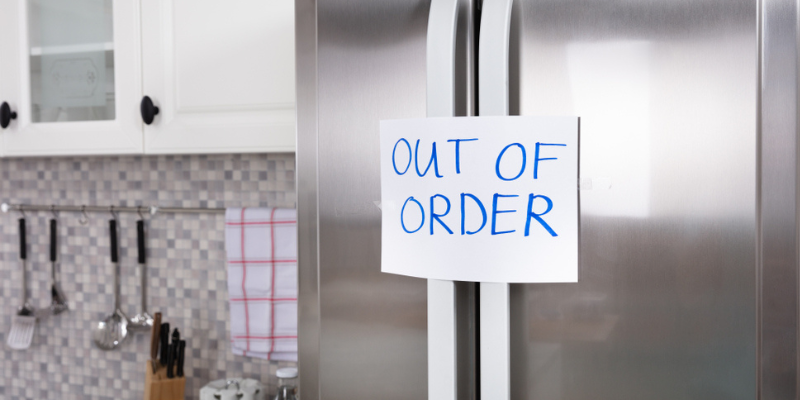Tenants nationwide have rights to live in habitable rental property, regardless of what the rental agreement guarantees. This means housing that’s structurally safe and free of diseases and other threats to health. A legal concept called the warranty of habitability usually provides these rights.
Warranty of Habitability
Traditionally in American common law, a landlord can provide a property “as is” without providing any features or repairs. Beginning in the 1960s, lawmakers and judges began to move away from this rule. Instead, they adopted an implied warranty of habitability. This makes landlords rent out only housing that’s in livable condition, even when the lease is silent or tries to agree otherwise.
Today, almost every jurisdiction has an implied warranty of habitability for residential property (with only a few exceptions, like Arkansas). The specifics of the warranty of habitability depend on location. Sometimes it is adopted by judicial decision. More commonly, it’s done through a set of laws that spell out features a landlord must provide, and potential remedies available to tenants.
When a landlord breaks the warranty of habitability by providing substandard housing, a tenant can sue the landlord. Remedies depend on jurisdiction, but usually include monetary damages, an injunction to force repairs, and/or lease cancellation.
What the Warranty of Habitability Covers
The warranty of habitability only covers major health and safety issues. Some places (like New York) connect all substantial housing code violations to the warranty of habitability. However, most states only make the landlord fix issues which directly threaten safety.
A good rule of thumb is that something might be covered by the warranty if it’s a health or safety issue which might make a tenant seriously consider moving out. Here are examples of things severe enough to break the warranty of habitability:
- A broken front door that won’t close or lock
- Exposed electrical wiring
- A cockroach infestation
- A pipe leaking raw sewage
- Stairs to an apartment entry that don’t have legally required railings
- The presence of black mold in a bedroom
- A broken heater in winter
- Structural unsoundness, like a faulty foundation or retaining wall
- Major utilities that aren’t working, like water or electricity

Limitations on the Warranty of Habitability
The warranty of habitability is a narrow and basic protection for renters. There are two major limitations on the warranty, and one minor limitation.
First, the warranty of habitability does not cover issues of cosmetics or inconvenience. Worn carpet, fiddly locks, ugly paint, a broken microwave, and similar kinds of issues usually aren’t covered. Major appliances like stoves and refrigerators can be an edge case; some states require a landlord to keep such appliances in good working order, but other states don’t.
Perhaps more importantly, the warranty of habitability does not cover issues caused by the tenant. For example, a landlord usually isn’t liable to fix a mold issue caused by a tenant’s careless failure to dispose of raw garbage. The warranty of habitability only covers issues which come up during the ordinary, lawful, and responsible use of the rental property.
On a technical level, the warranty of habitability is a contractual right. This largely limits a tenant’s remedies to the cost and process of repairs and similar contractual remedies. Most jurisdictions don’t allow tort claims for personal injury or emotional distress related to a warranty of habitability (with some exceptions, like Washington).
Tenant Options
Tenants usually have multiple remedies available when a landlord breaks the warranty of habitability. The specifics depend on state and local law, but almost always include several of the following:
- Monetary Damages: Tenants can almost always sue to recover the direct costs of dealing with substandard housing. Many states also let a tenant recover additional (punitive) damages when the landlord’s actions are deliberate or negligent.
- Injunction: Tenants can almost always ask a judge to issue an injunction that forces the landlord to fix habitability issues.
- Repair & Deduct: Some states let tenants contract for repairs themselves, and then deduct the actual and reasonable cost from rent. In many cases, this remedy is only available for low-cost repairs.
- Canceling the Lease (Rescission): Judges prefer to fix issues with a rental agreement rather than cancel the lease altogether (called rescission of the rental contract). However, many states do let tenants cancel a lease and move out if a landlord fails to repair necessary features. This option usually requires the tenant to deliver a written intention of canceling the lease if the landlord fails to make repairs.
- Rent Withholding (Abatement): Most places prohibit a tenant unilaterally withholding rent, and allow eviction against tenants who attempt to do so. There are also almost no jurisdictions which let a tenant completely stop rent payments, rather than reducing them by a percentage. Rent withholding (also called abatement) is usually done with a court order, or through a court process. This is by far the most risky remedy available to tenants.
- Reporting the Landlord: While not a direct remedy, tenants can report a landlord to local health and safety authorities and request inspection for code violations. Health departments and similar agencies can force the landlord to do repairs. In most places (with some exceptions, like Arkansas), tenants have legal protection against retaliation when they file a report against a landlord.

